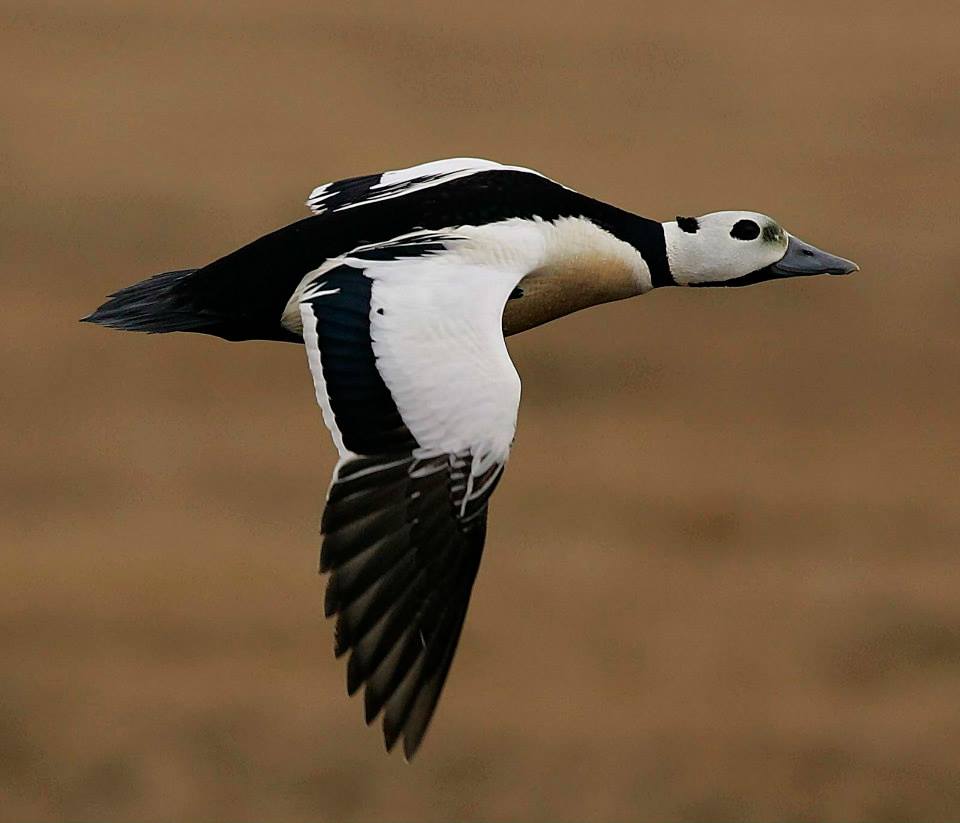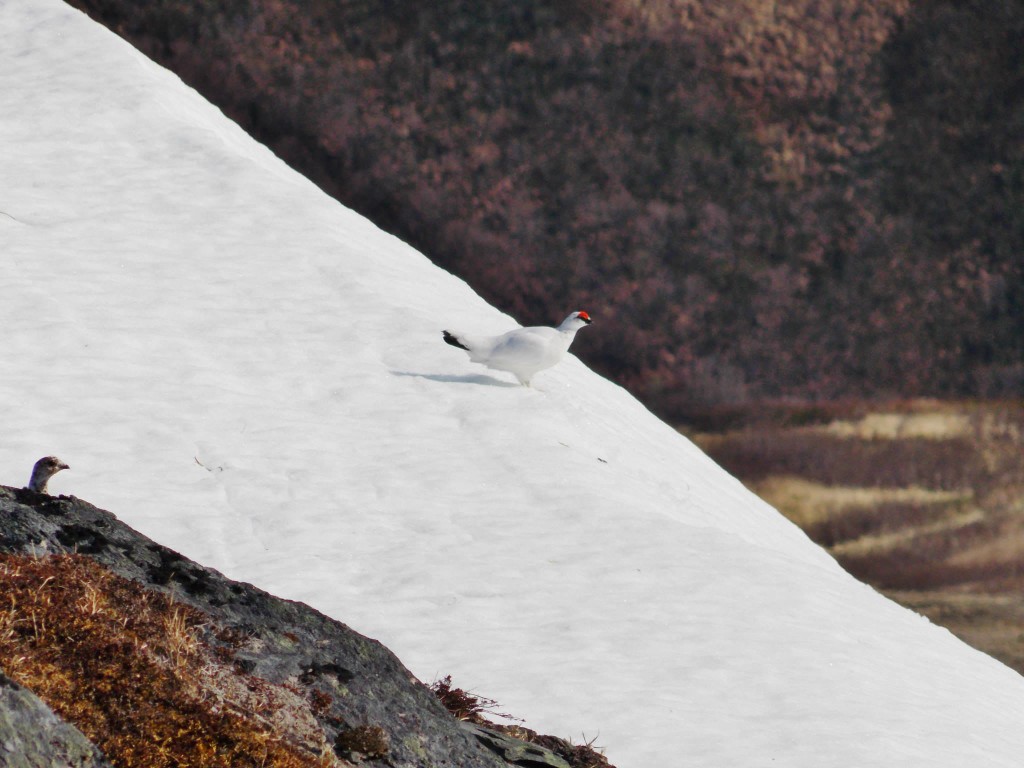Food from the Air
Migratory Birds
Migratory bird hunters have numerous opportunities to harvest waterfowl throughout the Kodiak archipelago. The first thing to do before going migratory bird hunting is to become familiar with the regulations and shooting times for where you’ll be hunting, and to purchase the appropriate licenses and stamps. Migratory bird management in the United States is a cooperative effort of state and federal governments. So, within the Kodiak archipelago, migratory bird management is a cooperative effort between the State of Alaska and the U.S. Fish and Wildlife Service.
All waterfowl hunters 16 years of age or older must have a current federal Migratory Bird Hunting Stamp unless you are a qualified permanent rural Alaska resident or an eligible person living in an included area. The seasons when you may hunt without a Federal Duck Stamp vary depending on how you qualify for this exemption. Additionally, migratory bird hunters must you must purchase a state hunting license and an Alaska Waterfowl Conservation Stamp, unless you qualify for license and duck stamp exemptions listed in this section. Both federal and state stamps must be signed in ink and be carried at all times while hunting waterfowl. Also, migratory bird hunters are also required to enroll in the Migratory Bird Harvest Information Program and must carry proof of enrollment while hunting.
If you would like more information on the federal and state hunting stamp requirements, licensing, regulations, or the Migratory Bird Harvest Information Program, please contact the Alaska Department of Fish and Game at (800) 478-7468 or (907) 267-2206.
Also, please know that nontoxic shot is required for hunting waterfowl, sandhill cranes, and snipe and that you cannot carry lead shot in the field while hunting migratory birds.
The U.S. Fish and Wildlife Service also publishes federal regulations governing traditional spring and summer subsistence hunting of migratory birds in Alaska. The regulations allow permanent residents of designated harvest areas to hunt certain species of migratory birds during specified open seasons. For more information, contact U.S. Fish and Wildlife Service, Alaska Migratory Bird Comanagement Council at (877) 229-2344 or online through the Alaska Migratory Bird Co-Management Council. A briefing of the Kodiak Archipelago Federal Subsistence Migratory Bird regulations is also available on the Alaska Migratory Bird Co-Management Coucnil website.

Migratory Bird Eggs
Migratory bird eggs are also an important part of the traditional Sun’aq subsistence diet. If you are a permanent resident of a Kodiak Island archipelago community or village, you are eligible to harvest migratory birds and eggs for subsistence purposes, under federal subsistence migratory bird harvest regulations. In all regions throughout the state of Alaska, seasonal closures apply to all forms of harvest including hunting and egg gathering, unless specified otherwise in regulations. The Migratory Bird Co-Management Council keeps an updated list of migratory birds that can be harvested and the various types of migratory bird eggs that can be harvested. This list is published annually in the Alaska Migratory Bird Co-Management Council’s Alaska Subsistene Bird Harvest Regulations Handbook.

Ptarmigan
Within the Kodiak archipelago, Willow and Rock ptarmigan (Lagopus lagoons and Lagopus muta, respectively) are found. Both are managed by the State of Alaska small game hunting regulations. Willow ptarmigan like willow-lined waterways or subalpine areas. Tall bushes are an important feature for willow ptarmigan and these birds choose wetter places for breeding than the rock ptarmigan. The rock ptarmigan prefer slopes and high valleys where short shrubs form a patchy pattern with low herbs and grasses. Willow ptarmigan and rock ptarmigan have the widest ranges in Alaska of any of the other upland game birds.
If you harvest a willow or rock ptarmigan, the Alaska Department of Fish and Game asks for your helping collecting wings, tails, and heads from hunter-harvested ptarmigan. These samples can help biologists understand the sex and age of the harvests, which is important in managing this species. If you are interested in helping, please contact the Kodiak Alaska Department of Fish and Game office at (907) 486-1880.
